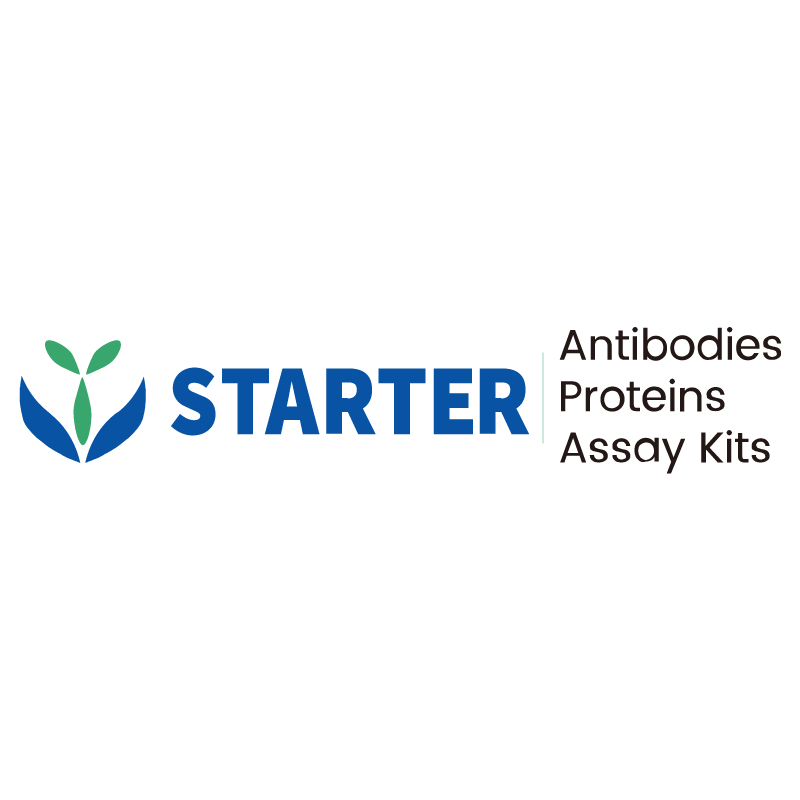Flow cytometric analysis of human PBMC (human peripheral blood mononuclear cell) labelling CD14 antibody at 1/500 (0.1 μg) dilution/ (red) compared with a Rabbit monoclonal IgG (Black) isotype control. Goat Anti-Rabbit IgG Alexa Fluor 488 was used as the secondary antibody.
Product Details
Product Details
Product Specification
| Host | Rabbit |
| Antigen | CD14 |
| Synonyms | Myeloid cell-specific leucine-rich glycoprotein, Monocyte differentiation antigen CD14, FMC32lipopolysaccharide (LPS) |
| Immunogen | Synthetic Peptide |
| Location | Secreted, Golgi Apparatus, Cell membrane |
| Accession | P08571 |
| Clone Number | S-395-8 |
| Antibody Type | Rabbit mAb |
| Application | FCM |
| Reactivity | Hu |
| Purification | Protein A |
| Concentration | 0.5 mg/ml |
| Conjugation | Unconjugated |
| Physical Appearance | Liquid |
| Storage Buffer | PBS, 40% Glycerol, 0.05% BSA, 0.03% Proclin 300 |
| Stability & Storage | 12 months from date of receipt / reconstitution, -20 °C as supplied |
Dilution
| application | dilution | species |
| FCM | 1:500 |
Background
CD14 (cluster of differentiation 14) is a human protein made mostly by macrophages as part of the innate immune system. It helps to detect bacteria in the body by binding lipopolysaccharide (LPS), a pathogen-associated molecular pattern (PAMP). CD14 exists in two forms, one anchored to the membrane by a glycosylphosphatidylinositol (GPI) tail (mCD14), the other a soluble form (sCD14). Soluble CD14 either appears after shedding of mCD14 (48 kDa) or is directly secreted from intracellular vesicles (56 kDa).
Picture
Picture
FC


